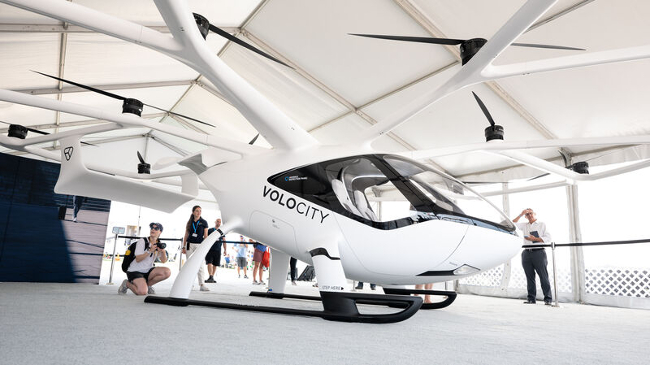Other RotorcraftHelicopters are not the only aircraft that rely on rotors. Others include tiltrotors, tiltwings, stop-fold rotors, autogyros and next-generation electric aircraft. These aircraft leverage rotors for vertical takeoff and landing (VTOL), but transform in flight to achieve more efficient or higher speed forward flight. Pictures and brief discussions of these aircraft are provided below. TiltrotorsThe V-22, V-247 and V-280 are examples of what’s called a tiltrotor. The rotors tilt between a vertical and horizontal orientation. The vertical orientation facilitates vertical takeoff and landing like a helicopter, while the horizontal orientation provides faster and more efficient forward flight than a helicopter.
Why aren’t all helicopters titrotors? The downside of these aircraft is complexity/cost and the fact that they are both inferior to helicopters in hover and inferior to airplanes in forward flight. TiltwingsTiltrotors like the V-22 produce a large downwash that pushes the wings down in hover. (The V-22 loses about 10% of its thrust to this phenomenon.) Tiltwings mostly overcome this by rotating the entire wing, rather than just the rotor/nacelle. With the rotor wash passing over the leading edge of the wing, rather than the large, blunt top side, the download is mostly eliminated. Of course, a downside is that a horizontal wind/gust can really push a tiltwing around in hover. The Hiller X-18, shown below, was the first tiltwing to fly. While it never crashed, it did have close calls and provided useful lessons for further tiltwing and tiltrotor developments. In 2016 Airbus developed a small, electric-powered tiltwing called the Vahana. It was used as a demonstrator and the lessons learned are steering ongoing eVTOL developments. 
Stop-fold rotorsThese aircraft take the tiltrotor one step further. In addition to turning the rotors horizontal for forward flight, the rotors fold away for higher speed forward flight. At a certain speed, the rotors stop and jet propulsion takes over. Once stopped, rotor blades fold aft to aerodynamically disappear and lower aircraft drag. While these aircraft have been investigated for decades, recent funding via AFWERX may bring them closer to flight. Bell Aircraft is currently researching such an aircraft for high speed VTOL. Bell has provided three renderings, shown below.
Electric rotorcraft
Many businesses are working on a new generation of aircraft. Small, VTOL aircraft that could quickly transport you between locations, without the need for an airport. The need for roads would diminish and traffic slow-downs would be mostly eliminated. Noise and pollution constraints would likely make such aircraft electric. These aircraft are sometimes called personal air vehicles. We’ve written an article about these aircraft, including properties, technical challenges and promising models. Our related articlesThe following articles contain more information about non-traditional rotorcraft.
|


